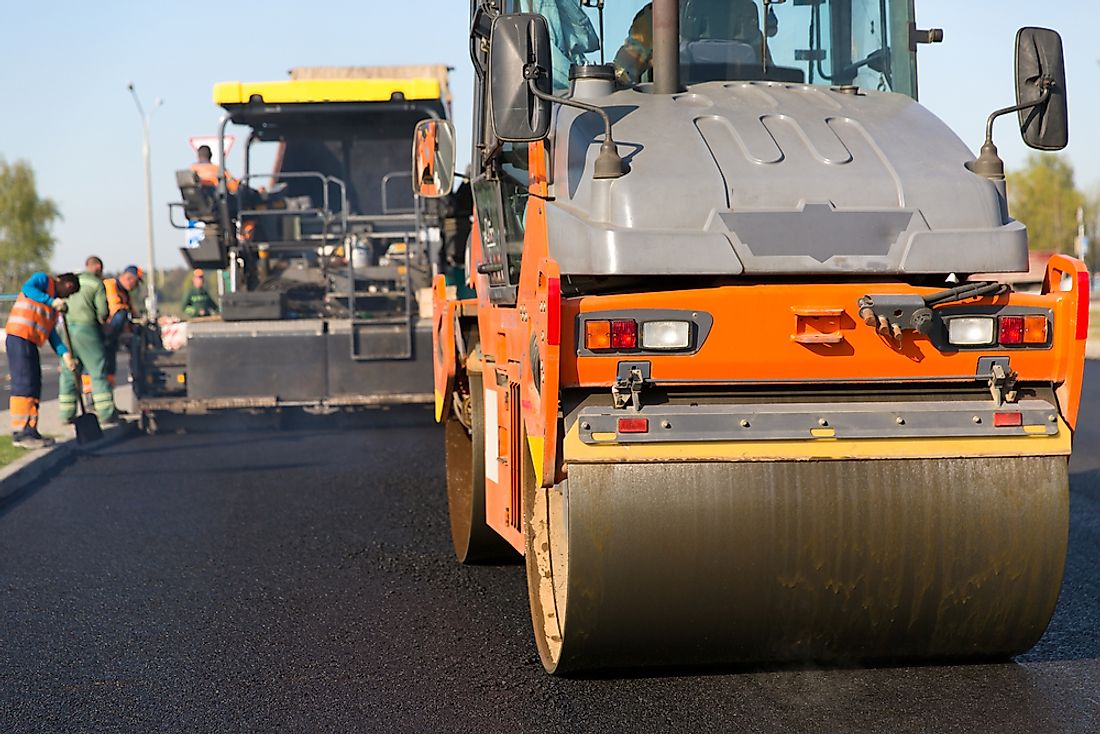What Is The Concept Of Roadless Area Conservation?

Road transport is an important mode around the world including the United States in particular. Road transport is the most popular form of transport in the country considering the number of automobiles and the road network. The US has one of the most modern networks of roads connecting different cities and states. However, a policy paper on road construction exists in most countries. The Roadless Area Conservation is a conservation concept limiting the construction of roads with an objective of having an environmental impact on the designated public land. In the United States, the conservation concept has centered on the US Forest Service areas which have been named inventoried roadless areas.
The Concept Of Roadless Area Conservation
Access roads are important roads for the access of industries and recreational facilities. However, industrial and recreational activities may cause species loss and loss of environmental appeal. The construction of the access roads may also lead to the creation of splinter roads which may encourage encroachment of human settlement and activities which may negatively impact the environment. In the US the total roadless area makes up to 59 million acres or about a third of National Forest lands spreading over 38 states. The roadless area provides a significant habitat for over 1,600 endangered or sensitive wildlife species. The conservation policy also saves the country’s taxpayers money by minimizing the maintenance cost of National Forest roads. The creation of Roadless Policy is aimed at reducing the negative effects of road construction and automobile traffic as well as expanding the system of protected federal system
Inventoried Roadless Area
Inventoried roadless areas are groups of land that have been identified by the US government as lands existing without roads that could be suitable for roadless area conservation. The inventoried roadless area covers approximately 60,000 acres of land in 40 states. Most of the lands cover the western part of the 48 states and Alaska. The Inventoried Roadless areas include large unroaded areas covered in the wilderness and a small tract of lands adjacent to the protected areas. The review of the Forest Service Roadless land began in 1967 following the creation of the Wilderness Act in 1964. The Roadless Area Review and Evaluation culminated in 1972 with the identification of 12.3 million acres that were suitable for protection. However, the RARE was abandoned by the Forest Service after the court ruled that the National Environmental Policy Act regulations were not followed.
The 2001 Roadless Rule
The latest review of the inventoried roadless area started in 1998 under the supervision of Michael Dombeck. The review was completed in 2000 culminating in an enactment of Forest Service regulations in 2001. The sets of regulations are collectively known as Roadless Rule. The Roadless Rule is a significant conservation action that has been undertaken by the federal government since Wilderness Act of 1964. The rule is aimed at controlling some roads-building activities by the Forest Service.
Challenges Of The Roadless Area Conservation
The roadless area conservation has not been without criticism, especial from industries such as mining and lumbering and politicians in the country. Industries have always moved to courts to challenge the regulations thus delaying their implementations. Former US president, George W Bush, modified the Roadless Rules allowing for a more autonomous approach.











